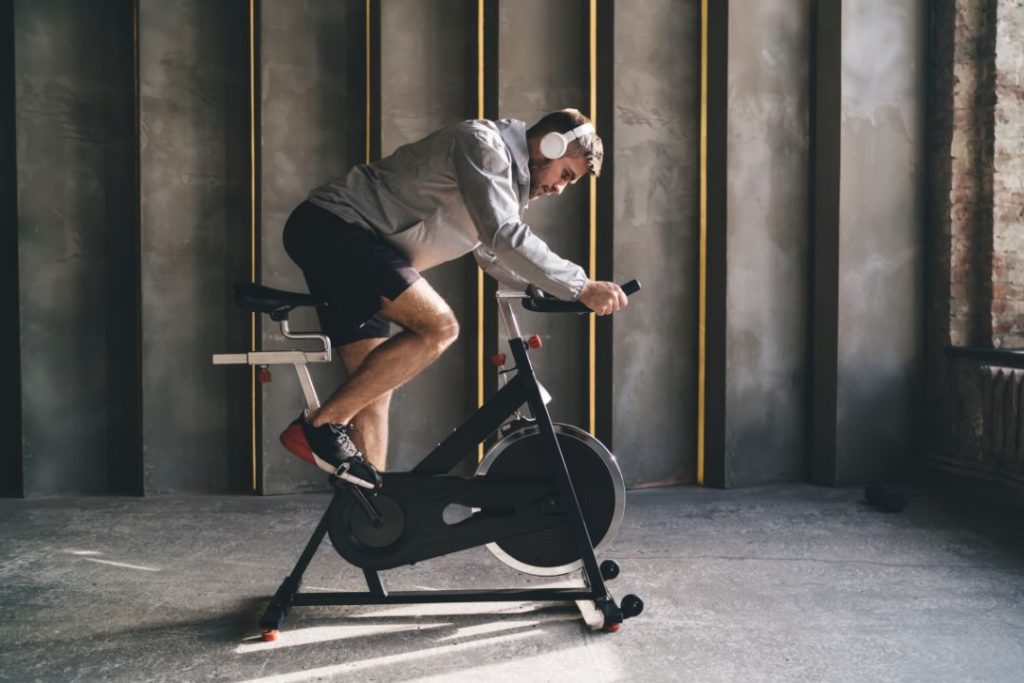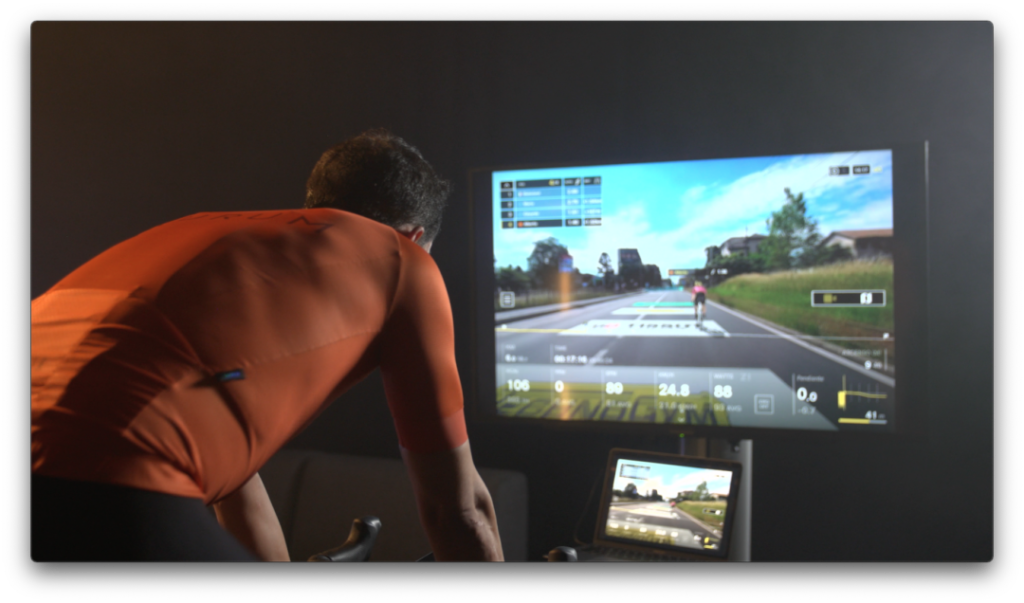Rest and cycling are terms that go hand in hand, because any training plan for cyclists must include adequate rest days so that the body is in a position to properly assimilate the training loads.
This rest can be active or total and is essential to:
- Being able to increase physical fitness
- Applying the phenomenon of supercompensation
- Not to suffering from overtraining caused by excessive physical fatigue.
For these reasons, hare at BKOOL we are going to explain how long to recover for between two indoor cycling sessions.
Recovery between sessions depends on the stimuli you have worked on:
- If you have done a training where you have given special importance to the aerobic thresholds R1 and R2, around 65-75% of the Fcmáx, finished the session you need a complete recovery of 24 hours or an incomplete one of 8 hours.
- If you have done a more intense session based on R3 and R3+ (90-100% VO2max) the recovery time increases up to 36 hours for a complete recovery and 24 hours for an incomplete recovery.
- If the training was based on R4-R5, 48 hours are necessary for a complete recovery and 24 hours for an incomplete recovery.
- If the session has had R6 and R6+ stimuli, 24 hours are needed for a complete rest and 8 hours for an incomplete recovery.
- In the case of a specific Maximum Anabolic Strength workout, you need 48 hours for a complete recovery and 24 hours for an incomplete one.
- And if it has been a specific session of Neuromuscular Maximum Strength, the complete recovery is 72 hours and the incomplete recovery is 48 hours.
Types of recovery
As we have anticipated, there are two types of rest: active or total. Active rest consists of performing a relaxed physical activity at low intensity that helps to:
- Decongest the muscle (oxygenating it).
- Stimulate blood circulation.
- Reduce muscle pain.
This type of recovery is usually performed after a high-intensity workout with a significant load block. For this reason, active recovery sessions should not exceed an hour and a half in duration and be below 60-65% intensity.
Active recovery sessions need not necessarily take place on the bike. Stretching, gentle walking or swimming are physical activities that also accelerate recovery.
Active rest removes heaviness from the legs faster by oxygenating the muscles. The feeling of relief is noticeable and fatigue and sluggishness disappear sooner.
Total and absolute rest is also worthwhile in order to recover the body, replenish strength and regain energy when you have finished a large block of workouts and want to prevent overtraining.
It is necessary to completely rest the body from all physical activity when the training load has been high for a prolonged period of time, due to the fact that if the intensity has been high, even if only for one day, active rest is more advisable.
After the workout
Regardless of the type of training you have done -intensity and duration-, all exercise requires a cooling down phase. It is essential to spend some time cooling down and relaxing your muscles at the end of your workout to reduce lactic acid levels and promote blood circulation.
Drinking a shake with a high protein content also helps the muscles to recover quickly.
Good nutrition, training and rest are essential to maintaining proper physical fitness, so do not forget this last step to recover after exercise. There is no specific manual, but here at BKOOL we encourage you to listen to your body, because your body will give you the indications to know what kind of recovery you need.
BKOOL is the most complete cycling simulator on the market, try it FREE for 7 days!
 Go to BKOOL
Go to BKOOL





